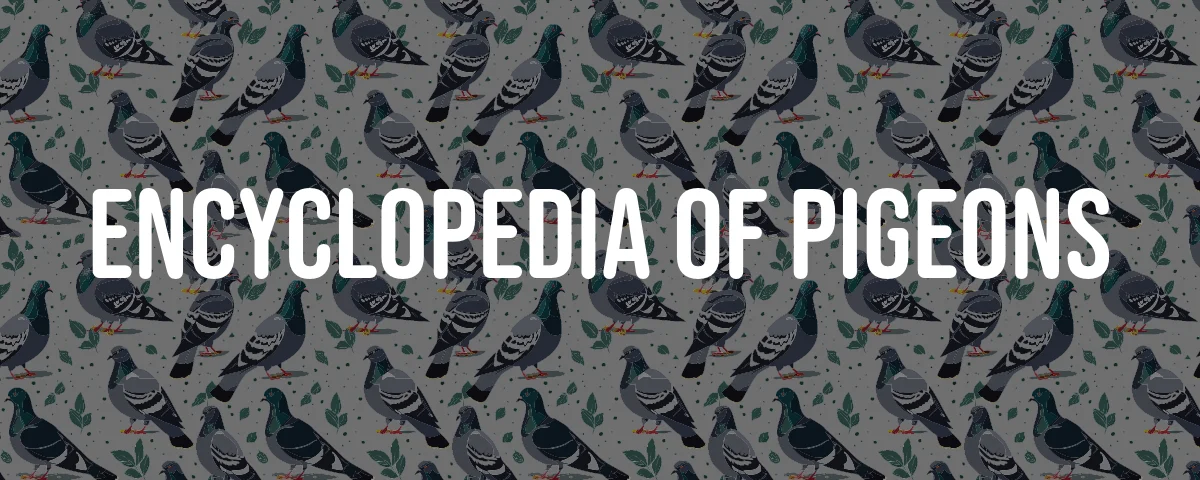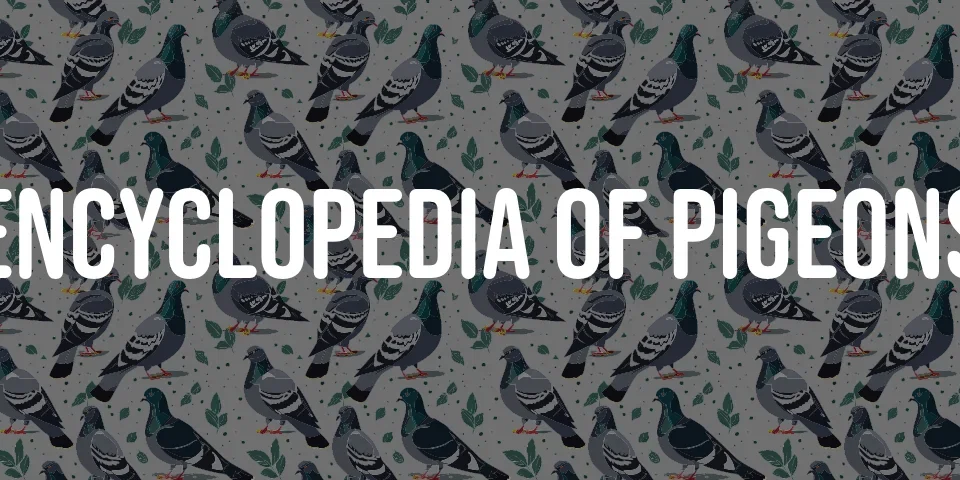The Vogtland White-head Trumpeter is a distinctive and fascinating breed of pigeon, known for its unique appearance and the melodious cooing that gives it its name. This breed is a part of the larger family of trumpeter pigeons, which are celebrated for their vocal abilities. Originating from the Vogtland region, these pigeons have garnered attention and admiration from pigeon enthusiasts around the world.
History and Origin
The Vogtland White-head Trumpeter, as its name suggests, hails from the Vogtland area. This region, known for its rich cultural heritage and picturesque landscapes, spans across the borders of Bavaria, Saxony in Germany, and parts of the Czech Republic. The breed’s development is deeply rooted in the tradition of pigeon keeping in this area, which dates back several centuries. The exact origins of the Vogtland White-head Trumpeter are not well-documented, but it is believed to have been bred from various strains of trumpeter pigeons, with selective breeding focusing on vocal performance and distinctive plumage characteristics.
Physical Description
The Vogtland White-head Trumpeter is notable for its striking appearance, characterized by its white head, which starkly contrasts with the rest of its body color, typically black or other dark shades. This breed belongs to the medium-sized category of pigeons, with a robust and well-proportioned body.
| Characteristic | Description |
|---|---|
| Head | White, with a rounded shape and devoid of crest or tufts. |
| Body | Compact and muscular, with a broad chest. |
| Plumage | Predominantly dark with a glossy sheen, except for the white head. |
| Eyes | Bright and expressive, with a red or orange iris. |
| Beak | Medium length, strong, and curved downwards slightly. |
| Legs | Short to medium, with clean, unfeathered legs and feet. |
| Tail | Full and well-fanned, carried slightly above the horizontal. |
Behavior and Temperament
Vogtland White-head Trumpeters are known for their calm and gentle demeanor. They are social birds, enjoying the company of their kind, which makes them excellent candidates for communal loft living. One of the most remarkable features of this breed is its vocalization. The cooing or “trumpeting” sound they produce is more melodious and complex than that of most other pigeon breeds, a trait that has been selectively enhanced through breeding.
Care and Maintenance
Like all pigeon breeds, the Vogtland White-head Trumpeter requires a clean and safe environment to thrive. Regular cleaning of the loft, along with fresh water and a balanced diet, is essential. This breed, with its unique plumage, may require additional grooming to maintain the striking contrast between its white head and dark body. Health-wise, they are hardy birds but should be monitored for common pigeon diseases and parasites.
Breeding
Breeding Vogtland White-head Trumpeters can be a rewarding experience, given their unique characteristics and pleasant temperament. They are generally good parents, taking diligent care of their eggs and chicks. When breeding for specific traits, such as the intensity of the trumpeting or the distinct coloration, it is important to select parent birds that exhibit these qualities strongly.
Interesting Facts
- The “trumpeting” sound that gives the Vogtland White-head Trumpeter its name is not just a simple coo but a complex series of vocalizations that can vary significantly from bird to bird.
- The contrast between the white head and the dark body is not just visually striking but also serves as a unique identifier among pigeon breeds.
- This breed is not only appreciated for its beauty and vocal abilities but also for its gentle nature, making it a favorite among pigeon fanciers who value temperament.
The Vogtland White-head Trumpeter is a testament to the art and science of pigeon breeding, combining aesthetic beauty, unique vocal talents, and a pleasant temperament. Whether kept for competition, as a hobby, or simply for the joy of their company, these pigeons are a fascinating breed that embodies the rich heritage and ongoing tradition of pigeon keeping in the Vogtland region and beyond.






